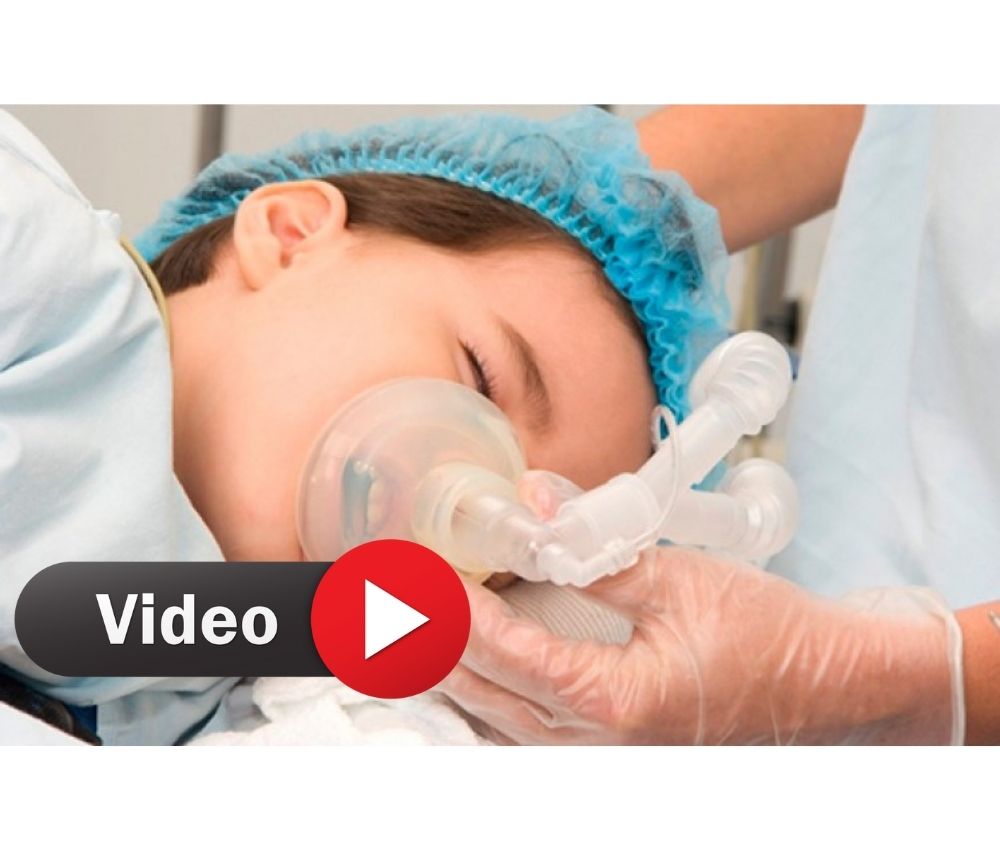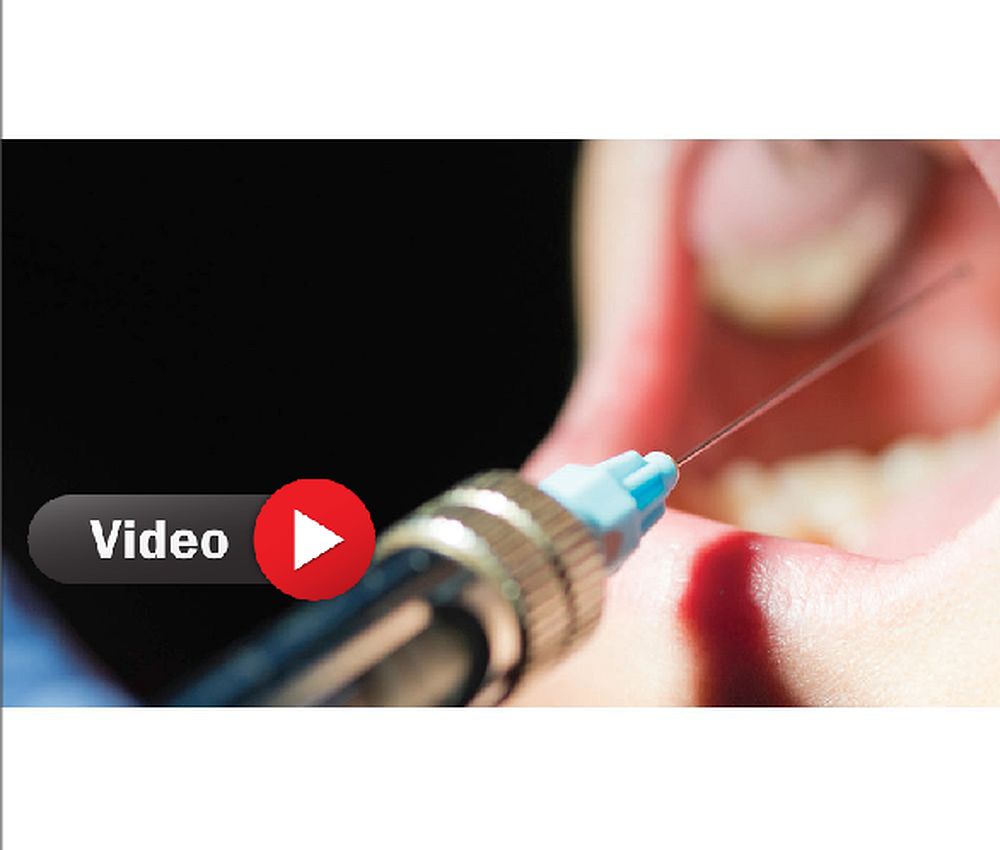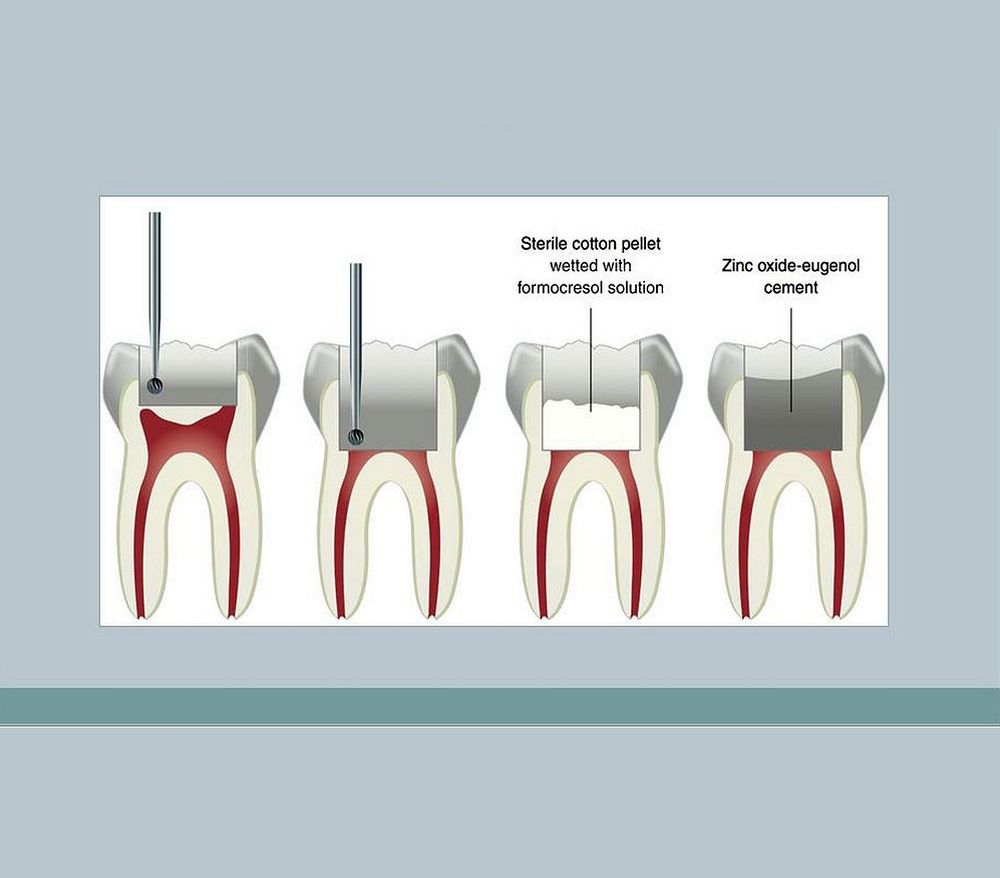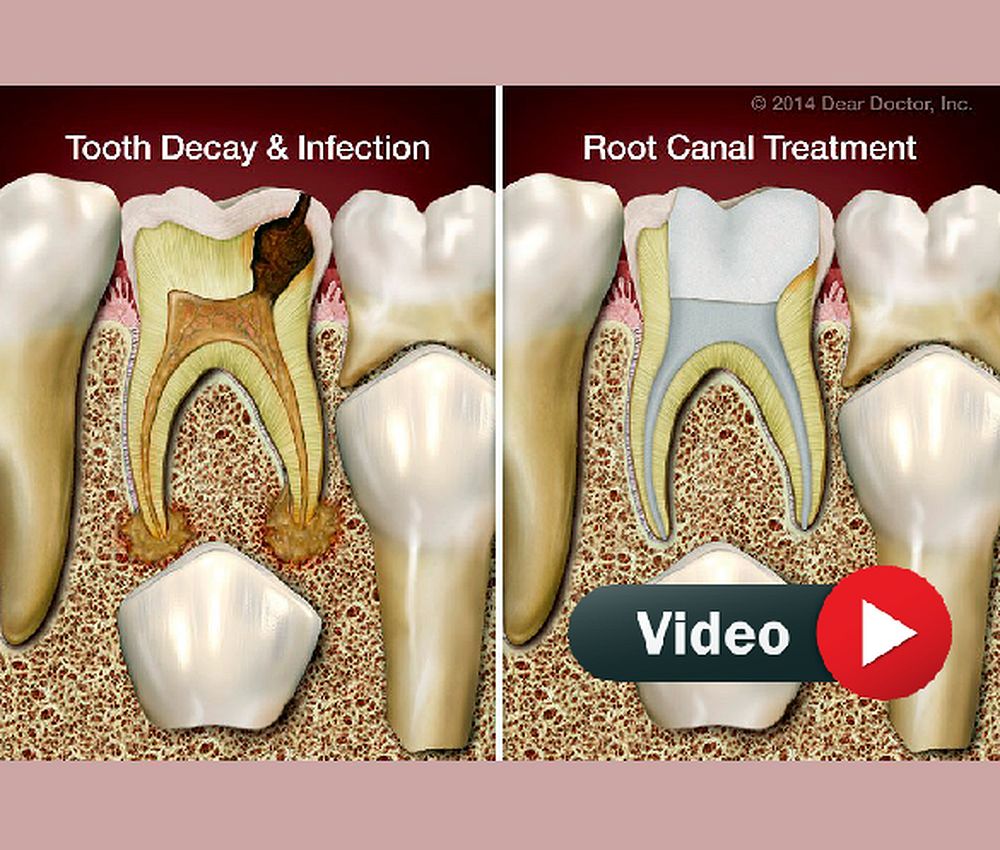The formation of the branchial arches can be altered, generating abnormalities that are evident in fistulas or cysts. Alterations in the first and second branchial arches compromise the eyes, nose, mouth, skull, neck, cervical spine, and hands.
For correct treatment, a diagnosis must be made based on the clinical finding and the results of imaging studies (computed tomography and magnetic resonance imaging).
Advertisement
We share two articles that detail the clinical and radiographic characteristics of alterations of the first and second branchial arches.
RECOMMENDED ARTICLE
Mandibular tumors in pediatric patients. Report of 04 cases of aggressive tumors
Mandibular tumors in pediatric patients. Report of 04 cases of aggressive tumors
Johnson JM, Moonis G, Green GE, Carmody R, Burbank HN. Syndromes of the first and second branchial arches, part 1: embryology and characteristic defects. AJNR Am J Neuroradiol. 2011 Jan;32(1):14-9. doi: 10.3174/ajnr.A2072.
You may also like :
► ORAL REHABILITATION of a child with dentinogenesis imperfecta
► Surgical excision of mucocele with local anesthesia in an 8-month-old baby
► Secondary brain abscess in an 11-year-old boy due to a dental infection





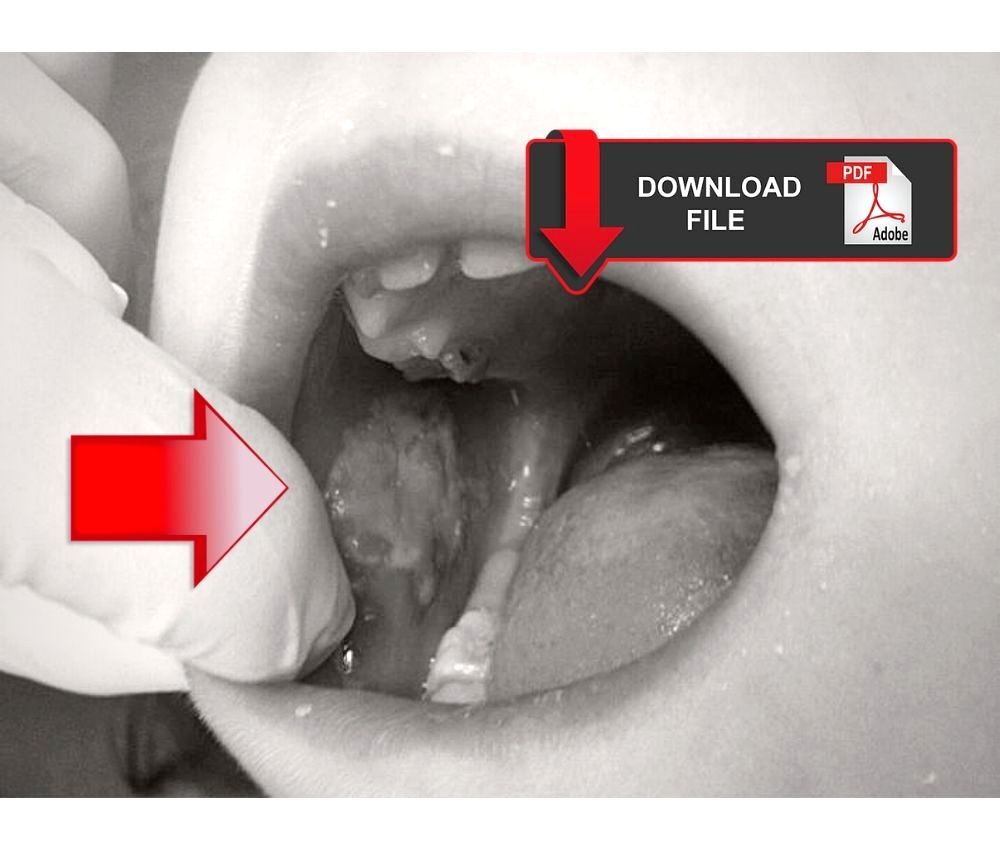

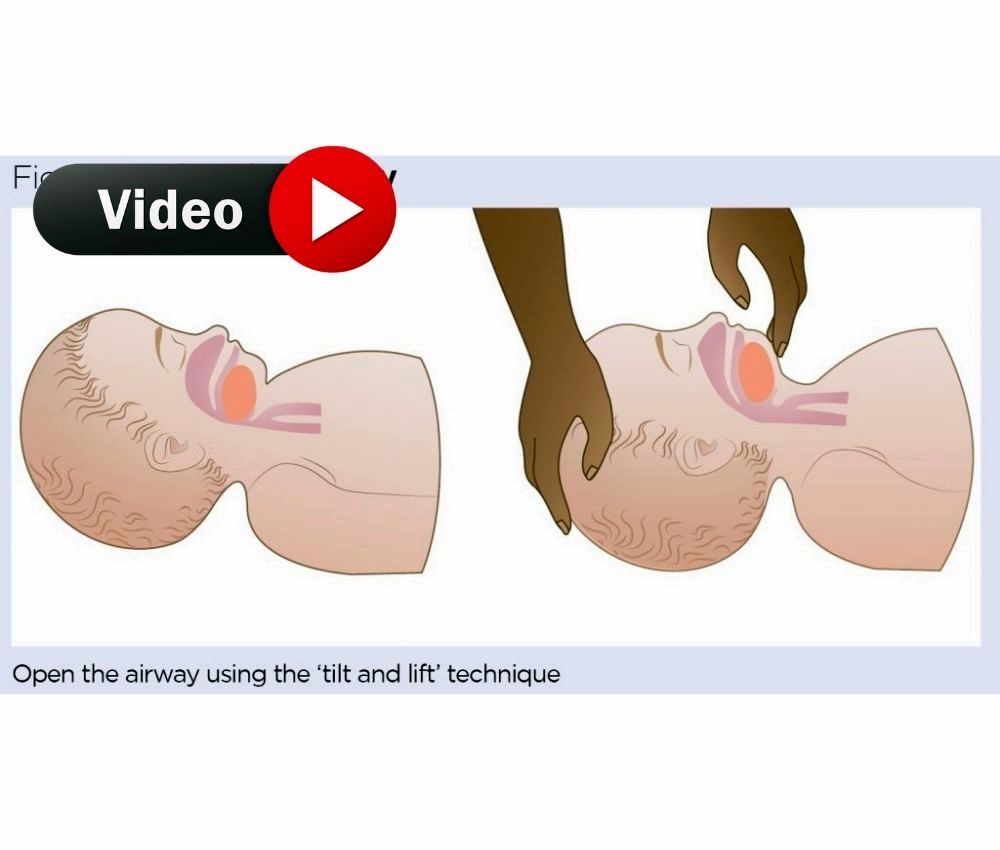





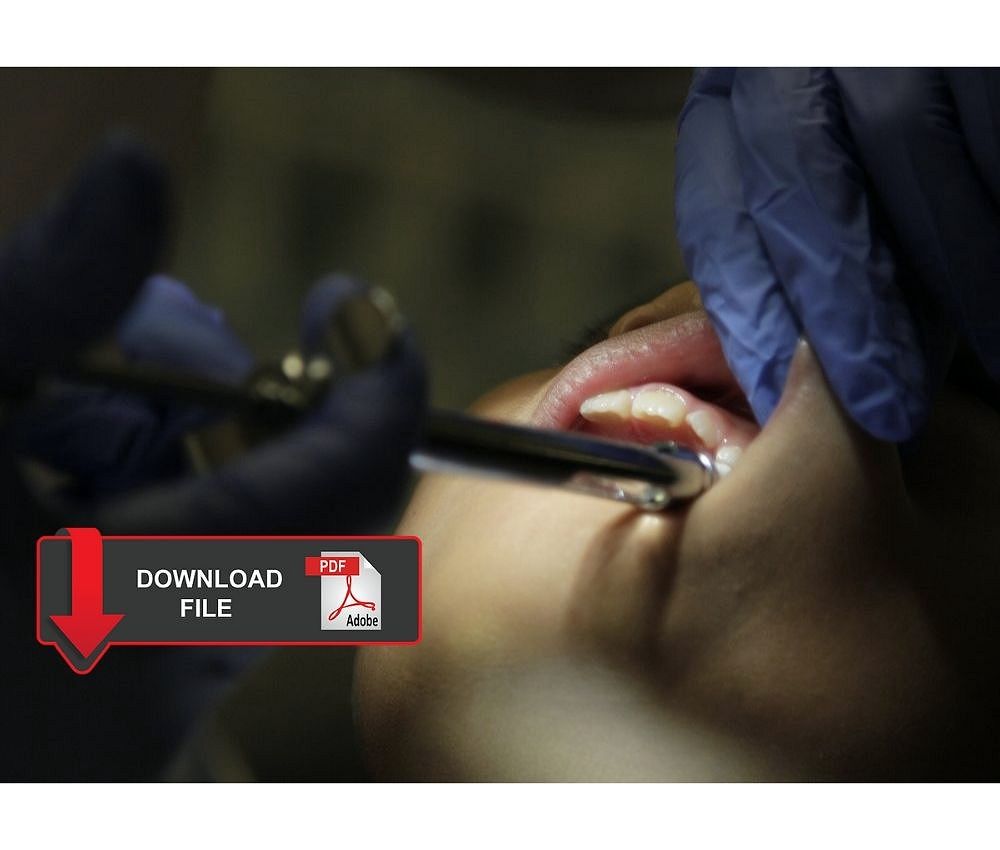
.jpg)

